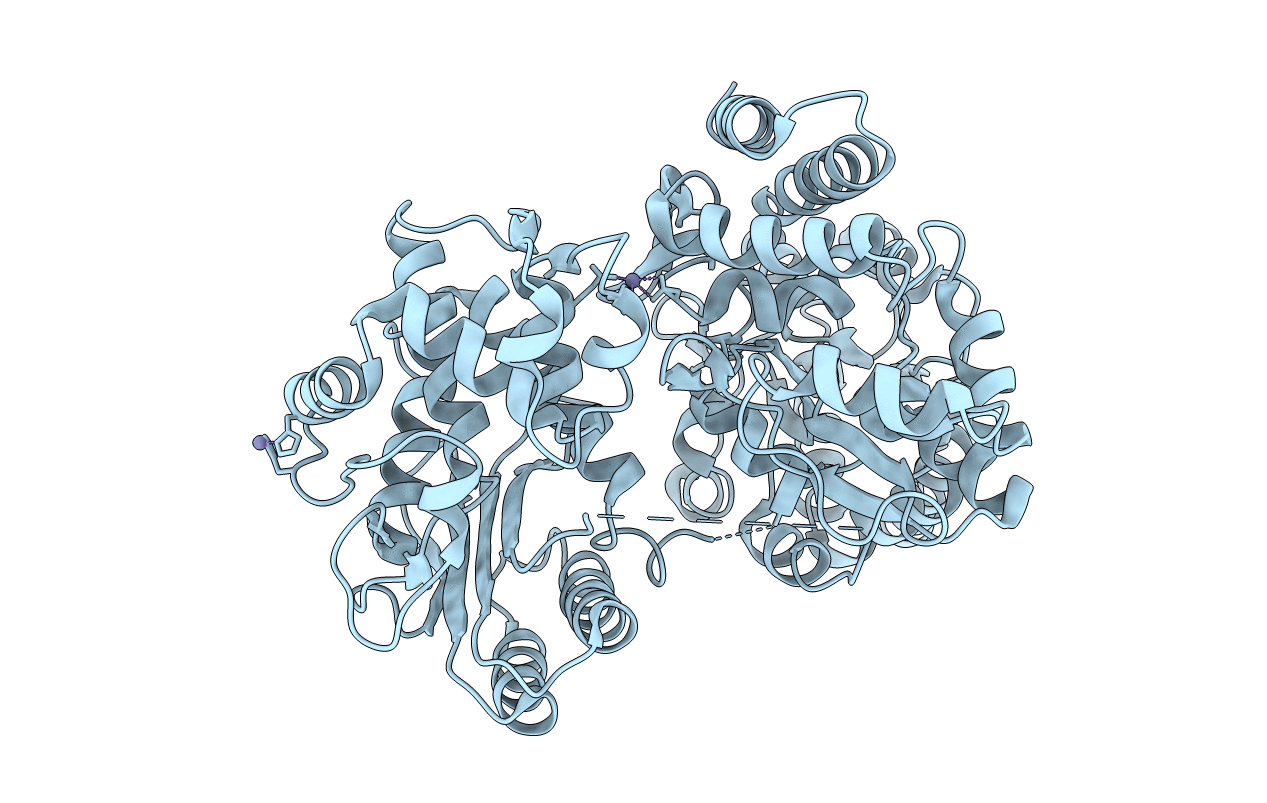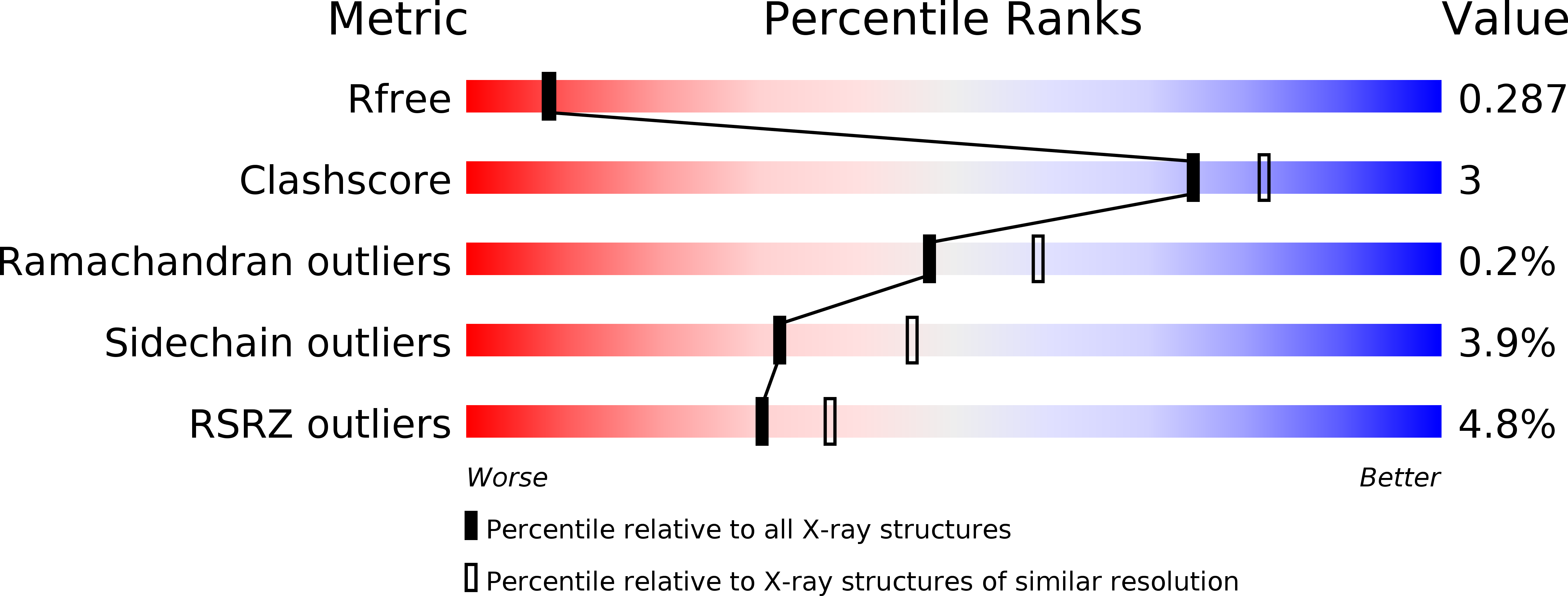
Deposition Date
2012-02-27
Release Date
2012-08-08
Last Version Date
2024-11-27
Entry Detail
PDB ID:
4DXC
Keywords:
Title:
Crystal structure of the engineered MBP TEM-1 fusion protein RG13, C2 space group
Biological Source:
Source Organism:
Escherichia coli (Taxon ID: 562)
Host Organism:
Method Details:
Experimental Method:
Resolution:
2.30 Å
R-Value Free:
0.29
R-Value Work:
0.23
R-Value Observed:
0.23
Space Group:
C 1 2 1


